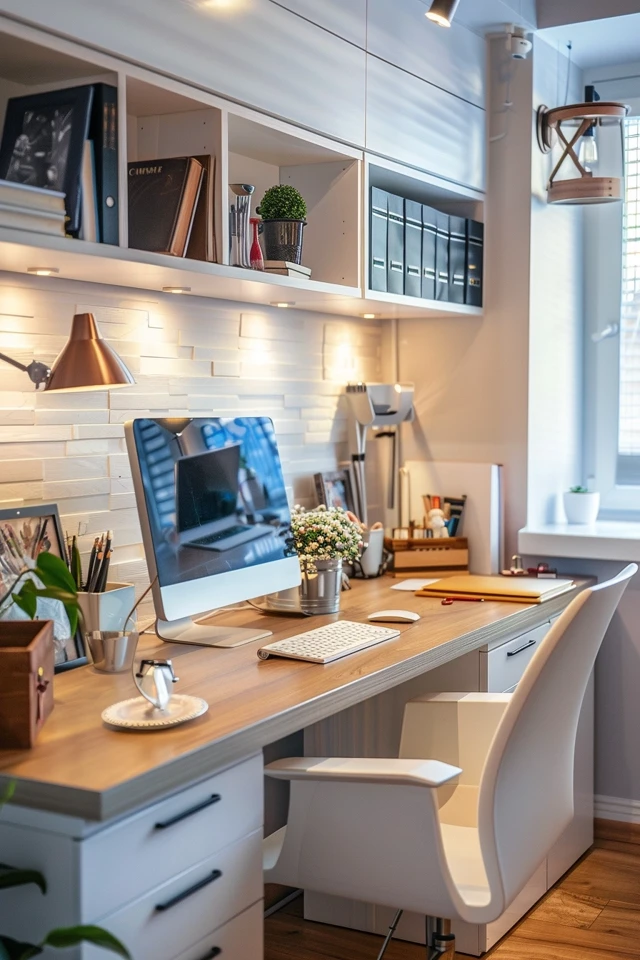Arranging office furniture is a crucial aspect of creating a productive and efficient workspace. The layout and design of your office furniture can significantly impact your productivity and comfort throughout the day. A well-organized and ergonomically designed office can enhance your overall work experience and contribute to better focus, efficiency, and well-being.
When it comes to office furniture arrangement, taking into consideration office ergonomics and implementing effective workplace layout tips is essential. By optimizing your workspace layout and using furniture arrangement techniques, you can create a visually pleasing and functional environment that promotes productivity and enhances your overall well-being.
In this article, I will share tips and techniques for organizing your office furniture in a way that maximizes productivity, improves ergonomics, and fosters a positive work atmosphere. From choosing the right furniture pieces to maintaining them properly, you will learn the key principles for creating an efficient and comfortable workspace.
Key Takeaways:
- Proper office furniture arrangement is vital for maximizing productivity and comfort.
- Consider office ergonomics and workplace layout tips to create an efficient workspace.
- Choose furniture pieces that optimize your space and meet your specific needs.
- Regularly maintain and clean your office furniture for longevity and functionality.
- Personalize your workspace while considering the impact on your colleagues and overall office design.

Effective Office Furniture Arrangement
When it comes to designing an office space that promotes productivity and efficiency, office furniture arrangement plays a critical role. A well-organized and visually balanced workspace can have a significant impact on your overall work experience. In this section, I will guide you through some key factors to consider when arranging your office furniture.
Identify Your Needs and Consider Work Nature
Before diving into furniture selection and layout decisions, it’s important to assess your needs and understand the nature of your work. Take the time to analyze the type of tasks you perform and the tools and equipment you require. This will guide you in making informed decisions that align with your workflow and optimize your productivity.
Creating a floor plan before physically moving items can be incredibly helpful. A well-thought-out floor plan allows you to visualize the layout and make adjustments easily. It also helps you envision the flow of the workspace and identify any potential obstacles or challenges.

Desk Placement, Balance, and Flow
The placement of your desk is a key consideration in office furniture arrangement. Choose a location that offers a favorable view, natural light, and minimal distractions. Positioning your desk near a window can provide a refreshing view and access to natural light, boosting your mood and productivity.
Creating a visually balanced workspace involves distributing visual weight evenly throughout the room. This can be achieved by placing larger furniture items on opposite sides of the room. Leaving some wall space clear can also contribute to a visually balanced and less cluttered environment.
Ensure a conducive traffic flow within your workspace by avoiding furniture arrangements that impede movement. Maintain a minimum of a 3-foot wide walkway to allow for easy navigation. Place bookcases and filing cabinets close to your desk for convenient access to important documents and resources.
Remember, an office that promotes productivity and comfort is one that takes into account the needs of the individual while considering the overall flow and functionality of the space.
To visualize effective office furniture arrangement, take a look at the image below:
By implementing these strategies, you can create an office space that is not only visually appealing but also optimizes your productivity and enhances your overall work experience. In the next section, we will explore tips for maintaining your office furniture and improving the overall workspace.

Tips for Maintaining Office Furniture and Improving the Workspace
Maintaining office furniture is crucial for ensuring its longevity and keeping it in good condition. Regular maintenance tasks such as tightening screws and bolts on office chairs and cleaning and dusting desk surfaces can help prevent wear and tear. When cleaning, it’s important to use appropriate cleaning products that won’t damage the furniture.
Personalizing your workspace can have a positive impact on your motivation and productivity. However, it’s important to consider how your personalization choices may be perceived by your coworkers and superiors. Keep it professional and tasteful to maintain a harmonious working environment.
To create a functional and aesthetically pleasing workspace, it’s essential to avoid common office design mistakes. Inaccurate measuring, poor lighting, wrong color schemes, taking on too much, and setting unrealistic budgets can all hinder productivity and make your workspace less enjoyable. Take the time to plan and consider these aspects before making any design decisions.
Proper lighting, incorporating plants, maintaining a comfortable temperature, and minimizing noise are all factors that can greatly enhance your workspace. Good lighting not only improves visibility but also contributes to a positive mood. Adding plants can bring a touch of nature and improve air quality. Controlling the temperature to ensure comfort and minimizing noise distractions are also crucial for optimizing productivity and well-being in the office.

